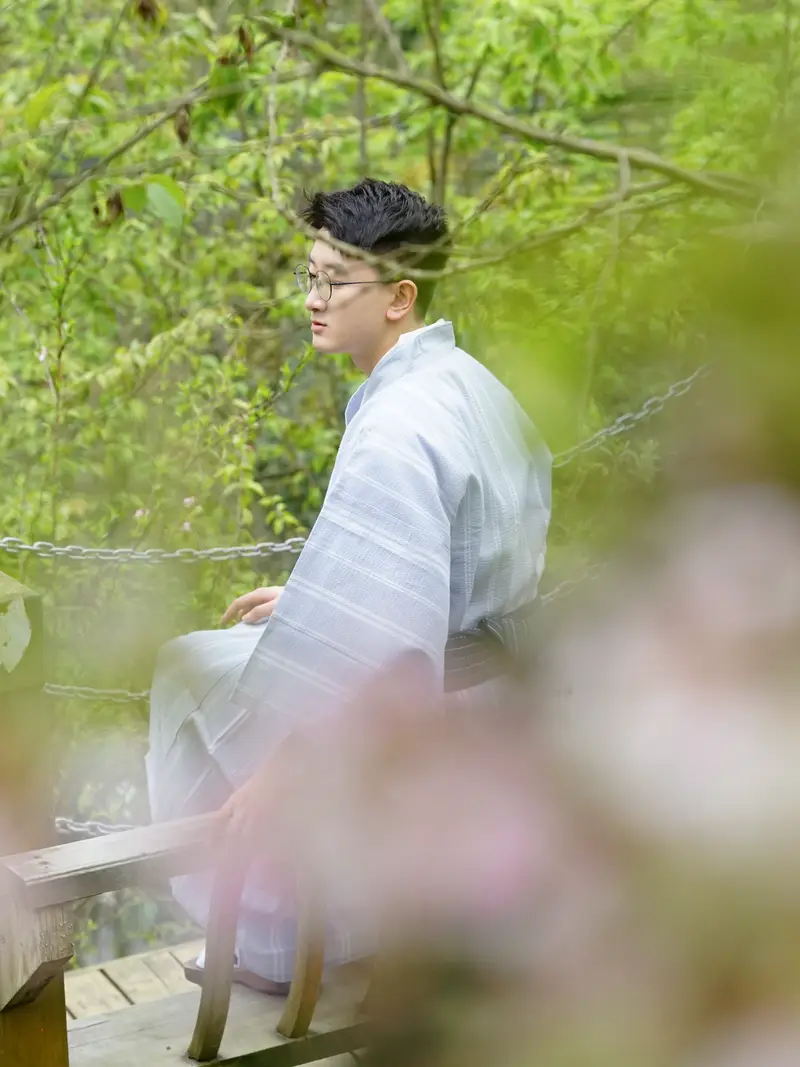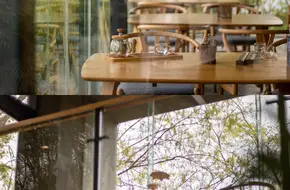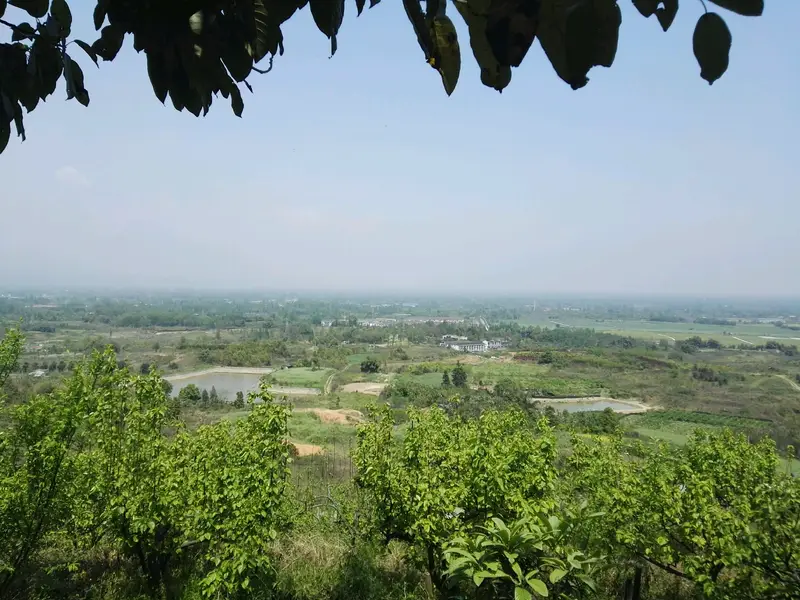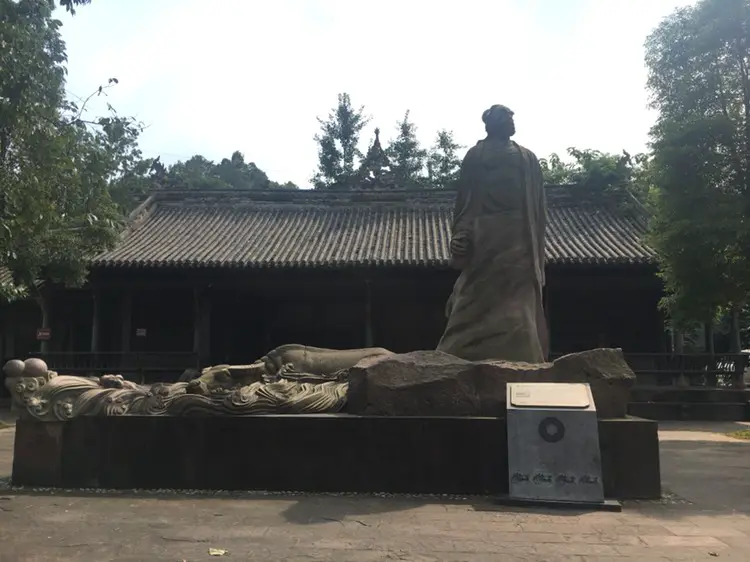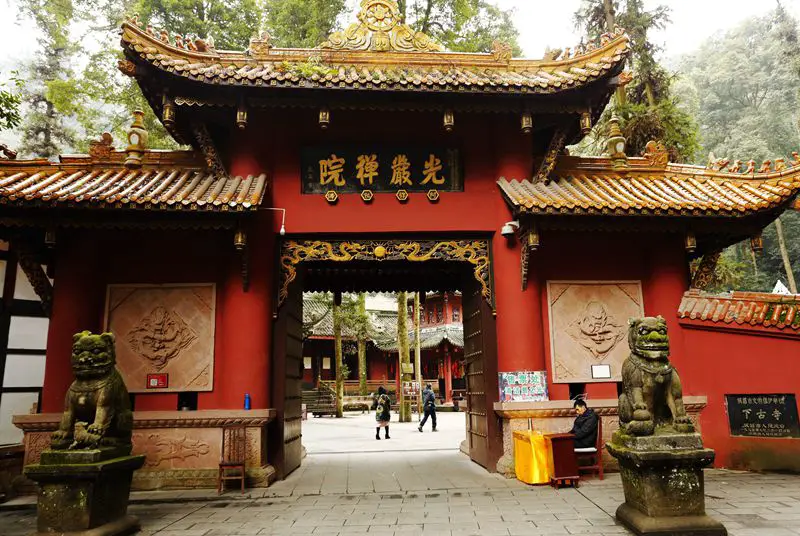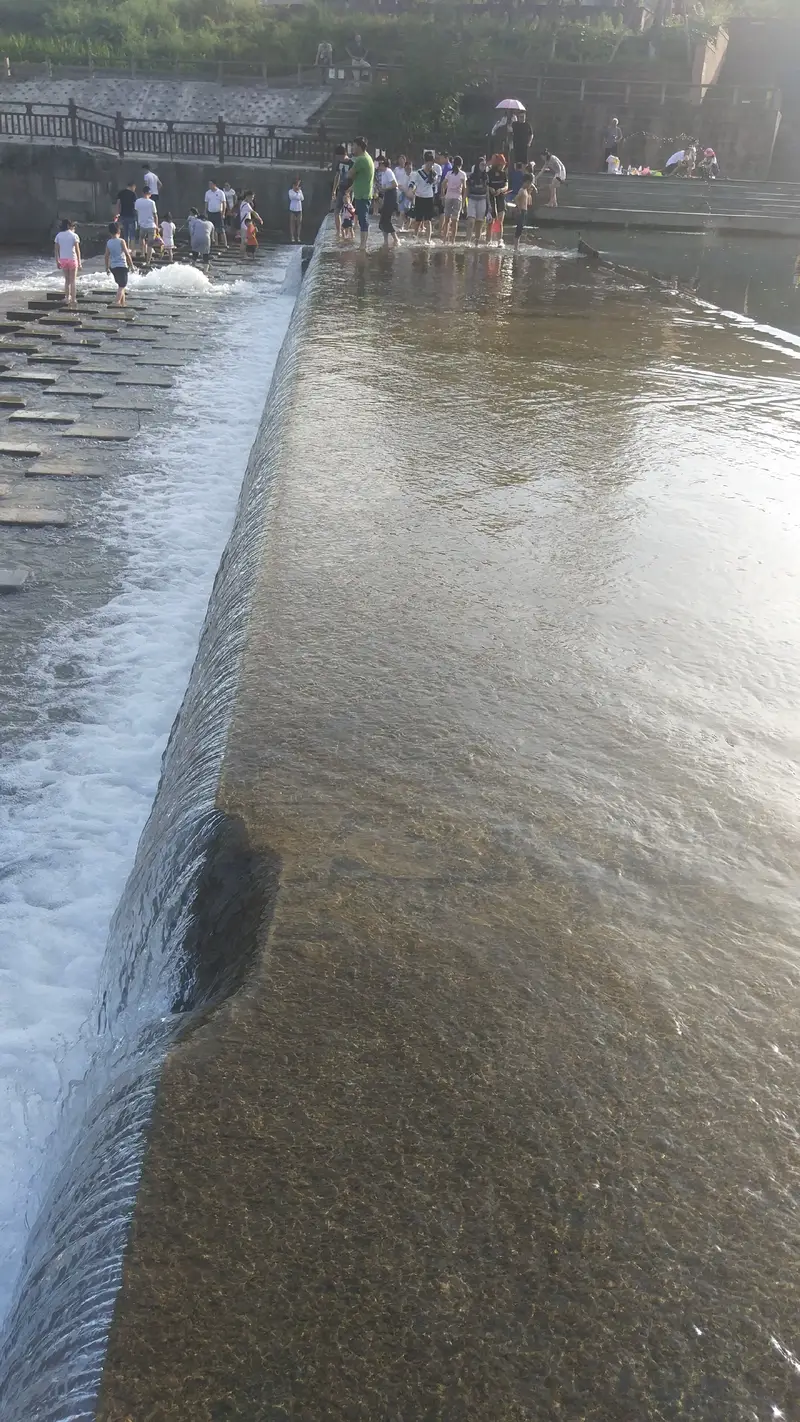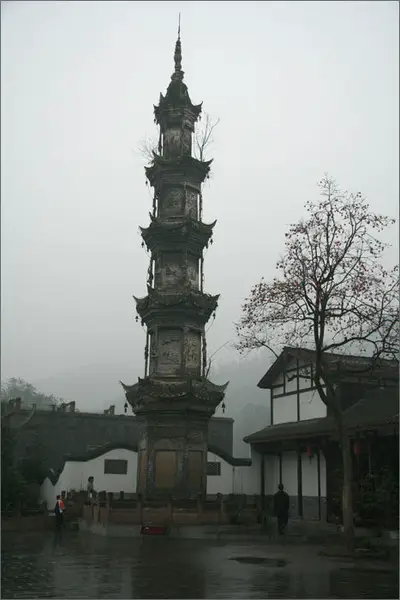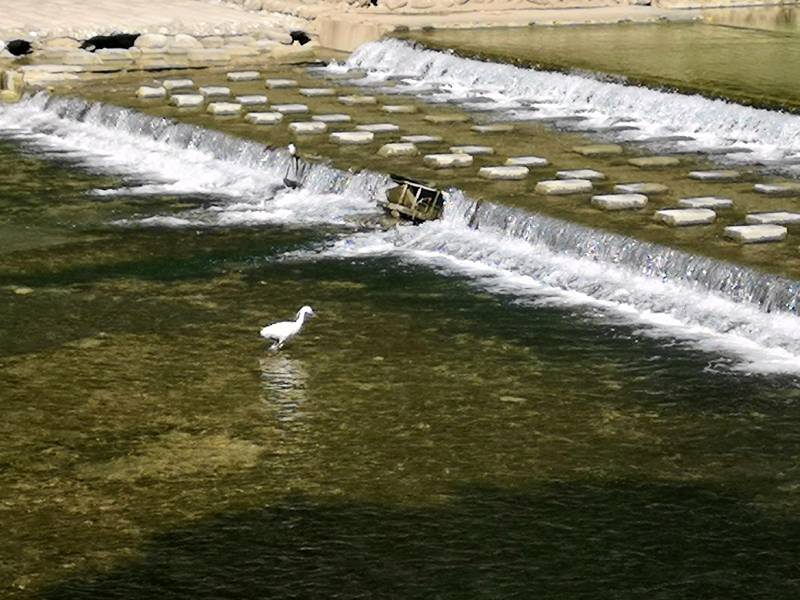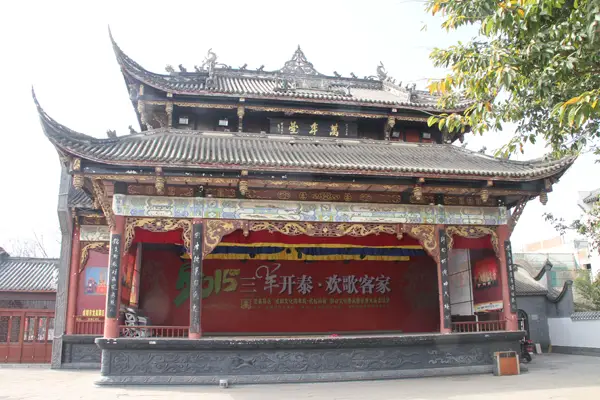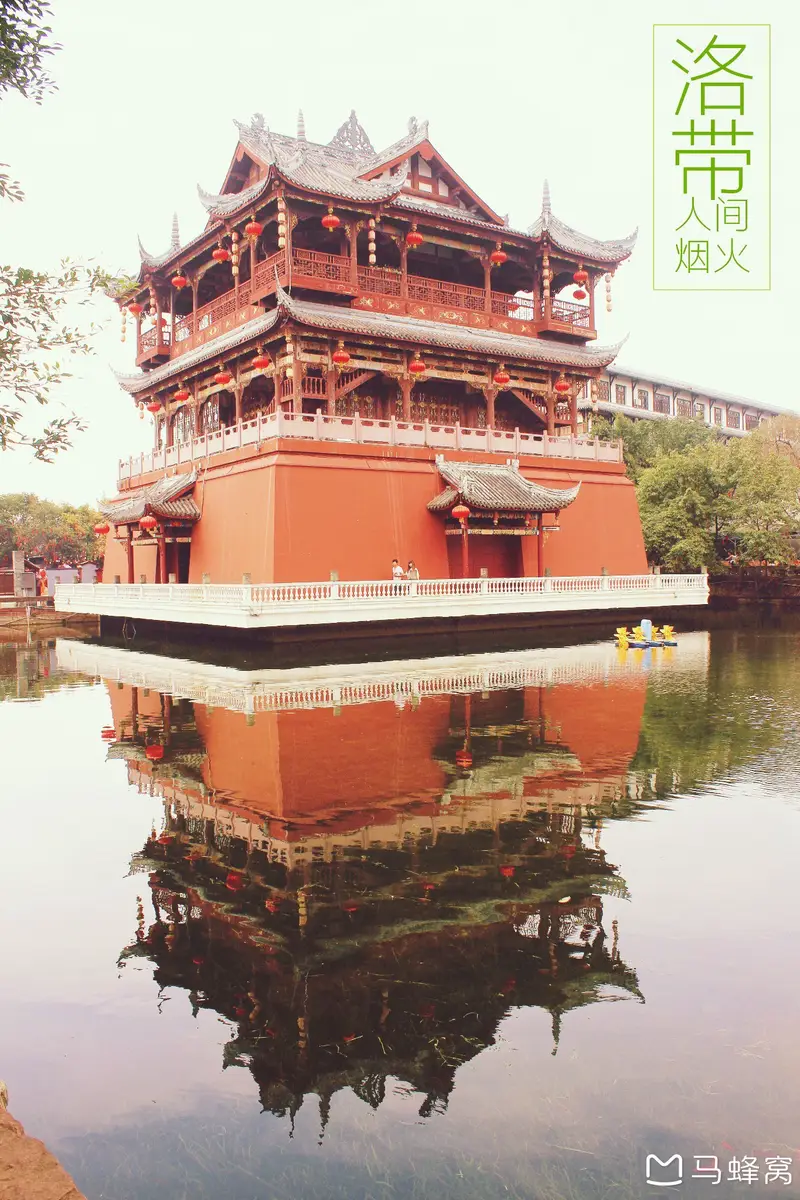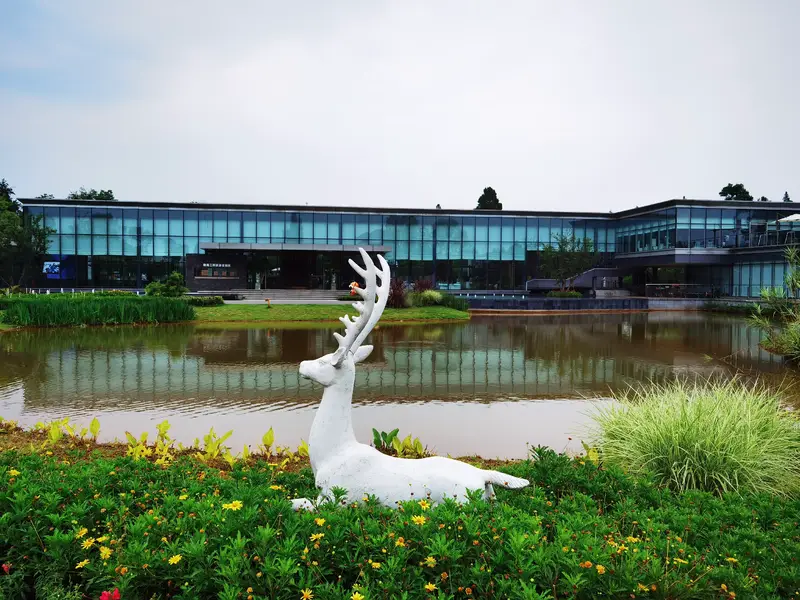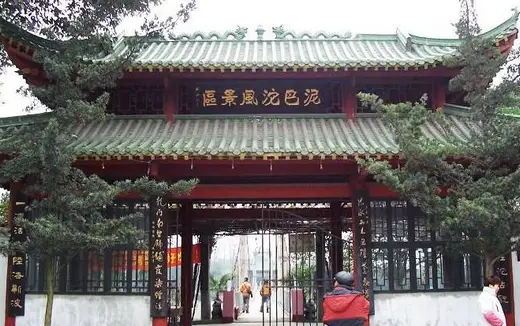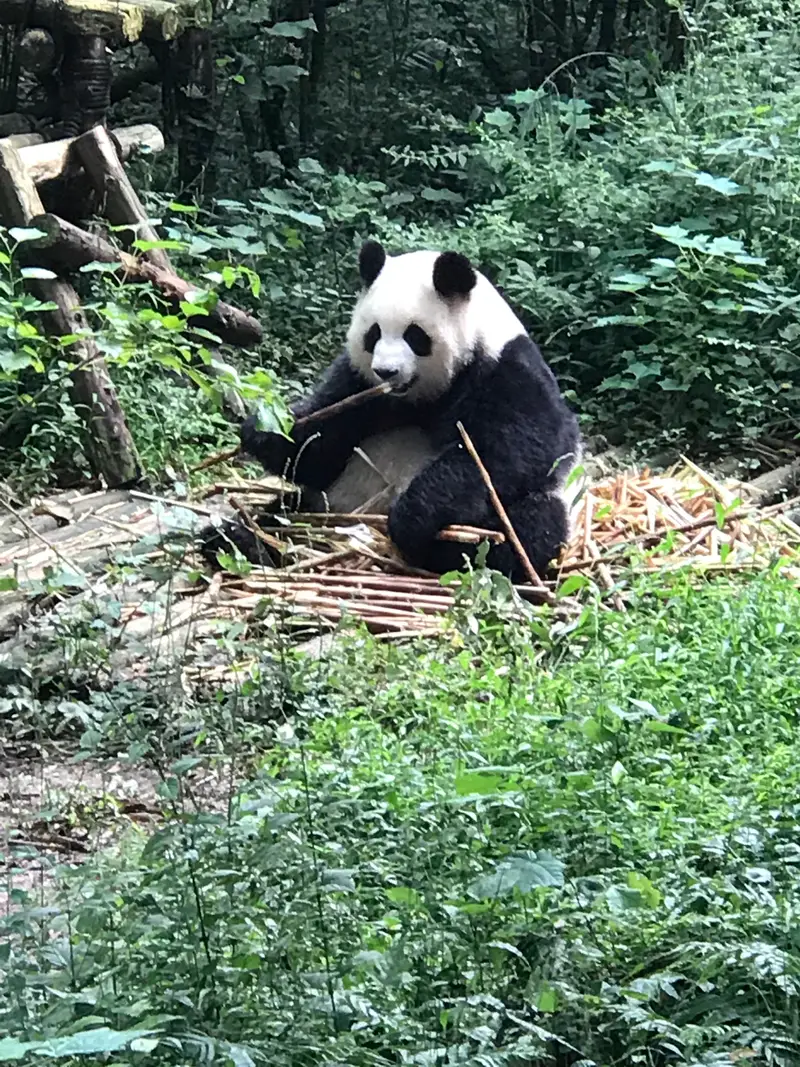Nestled in the rolling hills of Chongzhou, just a short drive from Chengdu, Mengtian Sanlangli (Mengtian Sanlangli) offers a peaceful escape into rural China. This charming destination blends natural beauty, local culture, and hands-on experiences, making it perfect for travelers seeking authenticity away from city crowds.
Getting There: Easy Access from Chengdu
Mengtian Sanlangli is located at 88 Fengming Village, Sanlang Town, Chongzhou, Sichuan Province. To reach this off-the-beaten-path spot, you have a few options:
- By car: Rent a vehicle or join a local tour. The scenic drive takes about 1.5 hours from Chengdu, passing lush fields and mountain views.
- Public transport: Take a bus to Chongzhou, then transfer to a local minivan heading to Sanlang Town. From there, it’s a 15-minute taxi ride to the village.
- Bicycle adventure: For the fit and curious, cycling from Chongzhou市区 (downtown) to Sanlangli is rewarding, with quiet roads and fresh air.
Natural Beauty: Rice Fields, Mountains, and Tea Gardens
Mengtian Sanlangli shines with its tranquil landscapes. Here’s what nature lovers can expect:
- Terraced rice fields: In spring and summer, watch farmers plant and harvest amid mirror-like paddies. Sunset turns the fields into a golden canvas.
- Mountain backdrops: The nearby Qionglai Mountains frame the village, offering light hikes with forest trails and streams.
- Tea plantations: Wander through Sichuan tea gardens, where you can pick leaves or sip freshly brewed green tea while watching mist roll over the hills.
- Wildflowers and birds: Spring brings poppies and daisies, while birdwatchers spot kingfishers and egrets near the irrigation canals.
Cultural Immersion: Village Life and Traditions
At Mengtian Sanlangli, tourism feels personal. Here’s how to connect with local life:
- Stay in a farmhouse: Choose a homestay run by village families. Enjoy dinner with hosts who share stories while frying up Sichuan hotpot or teaching you to make dan dan noodles.
- Handicraft workshops: Learn to weave bamboo baskets, dye fabrics with natural pigments, or mold clay pots—skills passed down for generations.
- Festival fun: Visit during harvest season (September–October) for lively celebrations with drumming, dragon dances, and communal feasts.
Things to Do: From Farming to Photography
Mengtian Sanlangli keeps visitors busy with unique activities:
- Plow a field: Try your hand at planting or harvesting with villagers. It’s hard work but deeply satisfying!
- Cook a farm-to-table meal: Pick vegetables, fish from a pond, and cook alongside a local chef. Dishes like mapo tofu taste even better when you’ve sourced the ingredients.
- Photographic paradise: Capture early-morning mist over rice paddies, elderly women in traditional hats, or sunsets reflected in irrigation pools.
- Stargazing: At night, the lack of city lights reveals a dazzling sky. Bring a telescope—or just lie back and wish on shooting stars.
Practical Tips: What to Bring and Where to Stay
- Best time to visit: Spring (March–May) for cherry blossoms and autumn (September–November) for harvest festivals. Avoid winter, as it can be chilly.
- What to pack: Comfortable shoes, sunscreen, a hat, and insect repellent. Dress in layers for unpredictable mountain weather.
- Stay options:
- Homestays: Sleep in renovated farmhouses with shared bathrooms. Some offer private rooms with terraces.
- Eco-lodges: For a touch of luxury, book a bamboo villa with modern amenities and mountain views.
- Dining: Savor Sichuan countryside cuisine like smoked pork, fermented beans, and wild mushroom soup. Don’t miss the local wine made from glutinous rice!
Why Visit Mengtian Sanlangli?
Unlike crowded spots like Jiuzhaigou or Emei Shan, Mengtian Sanlangli lets you slow down. Whether you’re cycling past rapeseed fields, chatting with tea farmers, or simply breathing clean air, this village offers a rare glimpse into China’s rural soul. Come here to recharge, reconnect with nature, and leave with stories (and photos!) that feel truly authentic.
Note: Respect local customs—ask before photographing people, and stick to marked paths to protect the environment.


